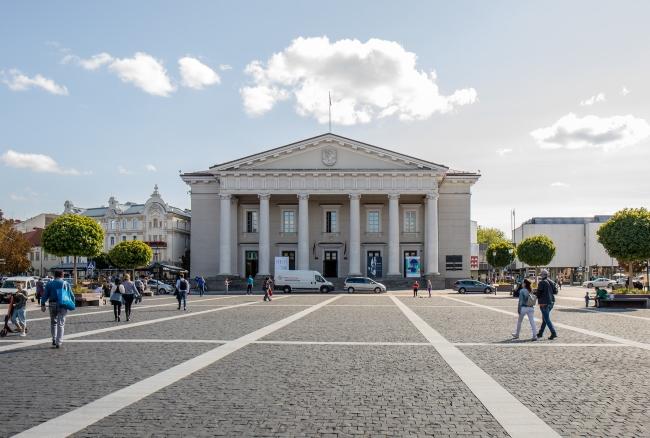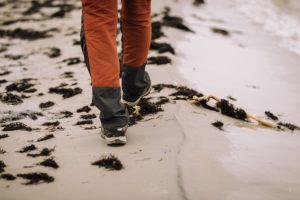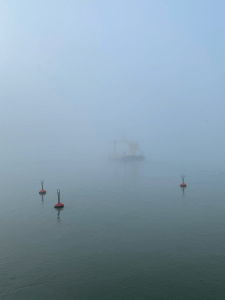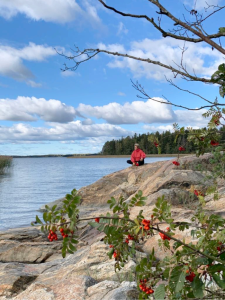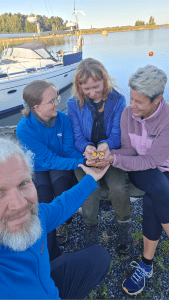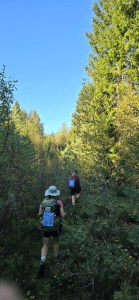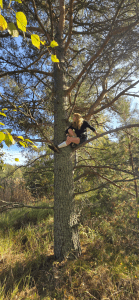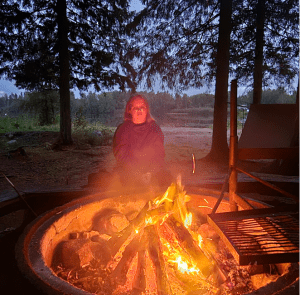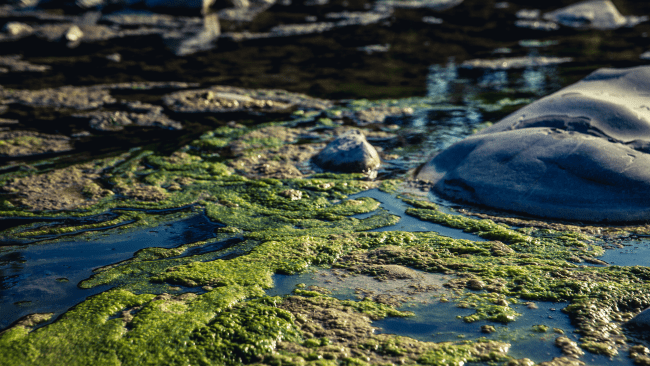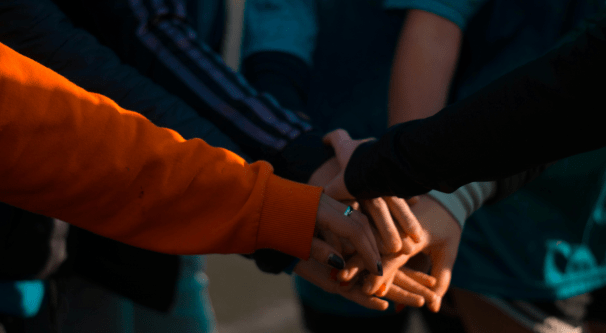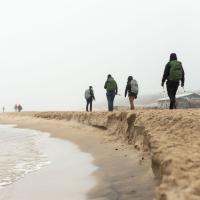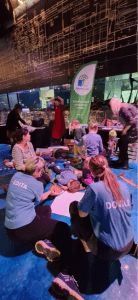
WEEK 32. NEVERENDING CHALLENGES, A SPECTACULAR FAREWELL TO FINLAND AND RARE OPPORTUNITIES IN LIFE
How many kilometers could you walk in a day? What about over two days? Now, imagine walking 30 kilometers every day for an entire week. Covering that distance is one thing, but the real challenge begins when you return, exhausted, and sitting down at the computer to share your thoughts (even though you’re eager to) […]
Read more

